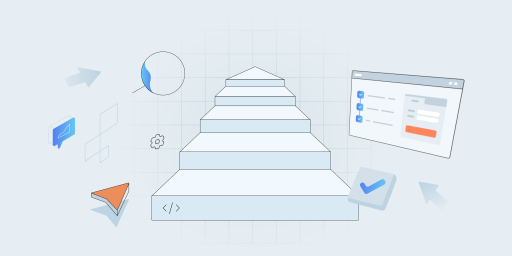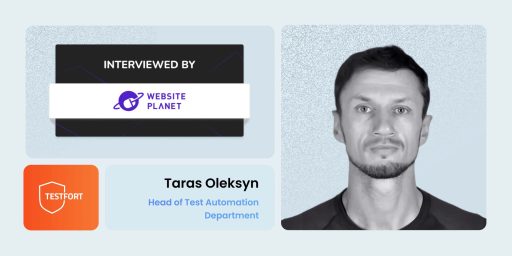Sanity testing (ST) is a software testing technique to perform software quality assessment. It is a simple method, applied to critical functionality and categorized under regression testing. It is used to confirm the software is ready for more extensive rounds of testing.
Sanity testing is done during the release phase. It is applied when the build is stable enough to verify the key components after they have been debugged or new features have been added. The goal is to ensure no additional bugs have appeared. The build undergoes ST only after other kinds of testing have been successfully passed.
Let’s take a look at the sanity test meaning and the attributes of the process.
Sanity Test Meaning in Software Testing
A sanity test is a quick examination of a feature at a basic level to make sure it makes sense in a program. Sanity tests are characterized by simplicity (easily created), speed (quickly performed), and comprehensiveness (the ability to cover enough but not everything for a fundamental assessment). They are performed by a QA team member and can be both exploratory and simple. It allows testers to rely either on the list of previously created test cases or their experience and understanding of the product.
So, what is sanity testing with example of a basic app? Let us assume ST is performed in the login module. Not only the login module but the related elements should be examined as well. After the fix has been made in the module, the team should understand whether anything related to the module works as expected. All basic features have to be reviewed to ensure they have not been broken because of the fix before getting into the full cycle of regression testing.
Why Perform Sanity Testing?
QA engineers perform Sanity Testing to validate the essential functionalities and newly introduced features. The reason for that is to analyze the accuracy of the proposed changes and components, ensuring they do not affect existing functionalities. In a nutshell, ST is obligatory for the team to understand whether the build is ready for being tested in full detail. If the system is correct, it goes to the next part of testing. If there are any problems, it joins the builds with a rejected status.
How to Do Sanity Testing?
There are no strict rules in the procedure of ST. It is a quick process without specific documentation or scripting of test cases. It is not a detailed analysis, but a quick checkup with a random approach. A set of specific test cases is unnecessary.
Sanity Testing Attributes
The steps on how to do sanity testing and the attributes involved are always the same:
- Identification;
- Evaluating;
- Testing.
The first step is to establish newly added components. Are the problems that have been reported before removed? What new features have been included? How has fixing the bugs influenced them? The second step is to evaluate previously identified elements. Do they work as expected and operate smoothly? Do they fulfill the requirements? The final step is to examine all the components related to previously identified and evaluated features and functionalities to ascertain they behave properly. Newly added details should not affect existing features.
The software can go to the next round of testing after these three steps are successfully performed. ST is for fairly stable builds when most features are developed and there are a few bugs left. There is no need for specific documentation because the procedure is unscripted and applied to a limited number of features. Sanity check is not designed to go through every part of the product. It focuses on the small sections instead, emphasizing the essential part of the system – core functionality.
Advantages of Performing Sanity Testing
Sanity Testing should never be omitted during the development process. The benefits listed below are what can define sanity testing and its role in the whole cycle of evaluating and verifying as best.
- If the build is rejected at this stage, the team will spend less time later in a more detailed evaluating process.
- ST reduces the risk of producing low-quality software and makes identifying the bug and its cause easier. It prevents any kind of issues the application might have before going ahead and continuing the whole cycle of testing. ST ensures the current version of the software is stable enough and does not contain non-working functions to progress further in the checkup. Thus, it prevents delays in the next levels of the software development process.
- Compared to other types of testing, it is more advantageous in terms of money. And it requires less time because of being unscripted.
Is Smoke Testing the Same as Sanity Testing?
Smoke testing and sanity testing definition are terms that are often considered to be the same. But this is not the case. Smoke testing covers almost everything in the program while being a primary checkup of the build with a number of test cases, which can be either manual or automated. It is the first step to verifying the software in the initial stages. Whereas sanity testing is undertaken in the final stages any time a new build is deployed without going through every part of the program.
Can Sanity Testing be automated? Yes. Is it a necessity? It depends. For example, there is no need to automate first-time tests with an improvisational approach. It will take much more time to automate than to go through the whole check process manually. At the same time, automating allows QA engineers to make testing parallel and speed it up for specific builds.



